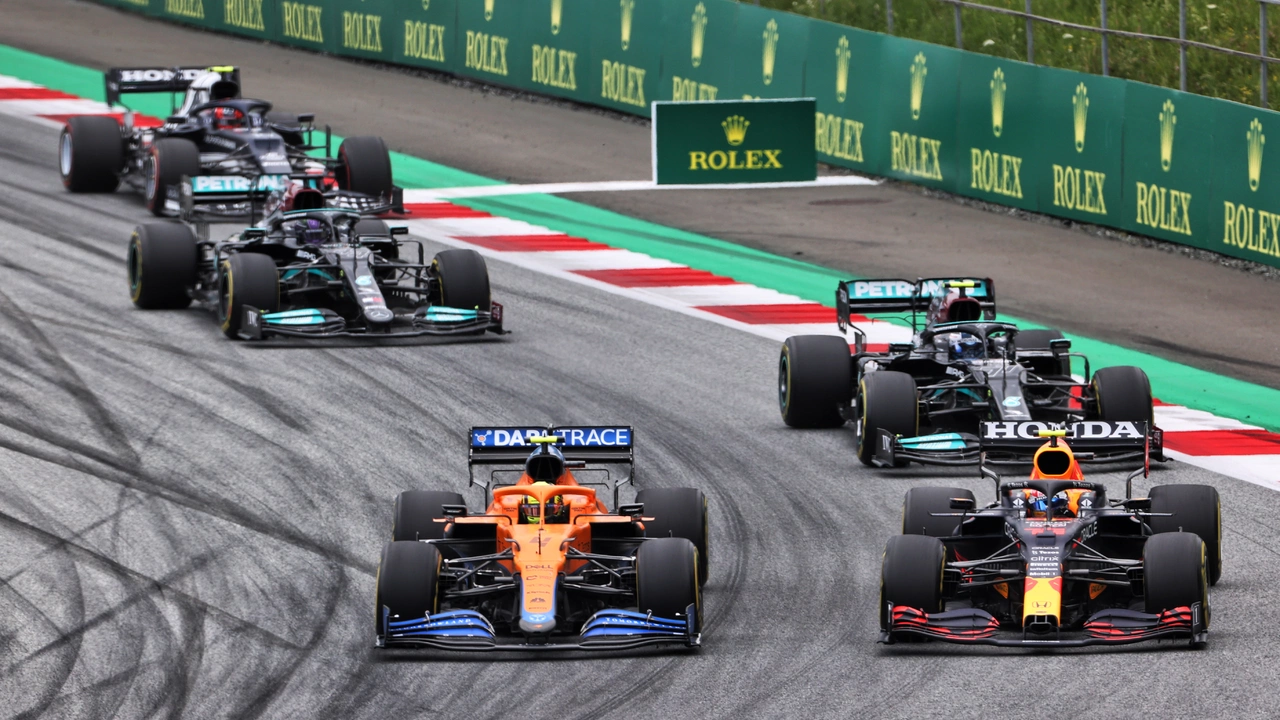Why Formula 1 Doesn't Run Endurance Races
Ever wondered why you never see a 24‑hour Grand Prix on the F1 calendar? It’s not because organizers hate long races – it’s the whole sport’s DNA. F1 was built around fast, flashy sprints that finish in under two hours, and that shape everything from the cars to the TV slots.
The sprint‑style DNA of F1
From the first race in 1950, the rulebook has kept events short. A typical Grand Prix is about 305 km, which translates to roughly 1½ hours of wheel‑time. That length keeps the action tight, the drama high, and the audience glued. Fans expect a burst of speed, overtakes, and a surprise finish, not a marathon where fatigue dulls the excitement.
Short races also fit perfectly into broadcast windows. TV networks sell F1 as a prime‑time spectacle, and a two‑hour slot is far easier to schedule than a race that could stretch into the night. Advertisers love the predictability, and the sport’s revenue depends on those deals.
Practical barriers to a marathon‑style Grand Prix
First, the cars themselves aren’t built for endurance. F1 machines are lightweight, high‑downforce monsters tuned for peak performance over a few laps. Their engines, tires, and brakes are designed to run at the absolute limit for a short burst, not for a 24‑hour grind. Running them for hours would require massive redesigns, driving up costs for teams already juggling huge budgets.
Second, pit crews would face a nightmare. Refueling has been banned in F1 since 2010, and tire changes are already a high‑pressure chore. Imagine asking crews to swap tires, repair components, and maybe even refuel non‑stop for an entire day. The risk of mistakes would skyrocket, and safety could suffer.
Third, the logistics of hosting an endurance race are daunting. Tracks would need extra lighting, medical staffing, and facilities for teams to work around the clock. That adds expenses for organizers and may deter circuits that rely on a weekend‑only schedule.
Finally, fan expectations matter. The majority of F1 followers love the quick‑fire feel – the rush of a lap in under two minutes, the strategic pit stops, the last‑minute overtakes. Changing that formula could alienate a core audience and dilute the brand’s identity.
That’s why series like the World Endurance Championship exist instead. They specialize in long‑duration races, with cars built for durability and a fan base that enjoys the strategic depth of hours‑long competition. F1 stays true to its sprint‑focused roots, delivering the high‑octane thrill that keeps millions watching each weekend.
If you’re still curious, think of it this way: F1’s short races are like action movies – fast, loud, and over before you can grab a snack. Endurance racing is more like a documentary marathon – engaging in its own right, but a completely different experience. Both have their place, and that’s why we get to enjoy the best of both worlds across motorsport.

Why don't we have an endurance race in Formula 1?
by Davion Strider / 3 Aug 2023So, have you ever pondered the lack of an endurance race in Formula 1? I mean, who wouldn't love to see those magnificent machines (and their equally magnificent drivers) pushed to their limits in a marathon-like event? Well, the answer, my friends, lies in the thrilling, yet brief nature of F1 races. It's all about short, intense bursts of excitement - like a good action movie that doesn't drag on forever. Plus, let's not forget the logistics - imagine the pit crew's faces when asked to refuel and change tires for 24 hours straight!


